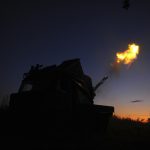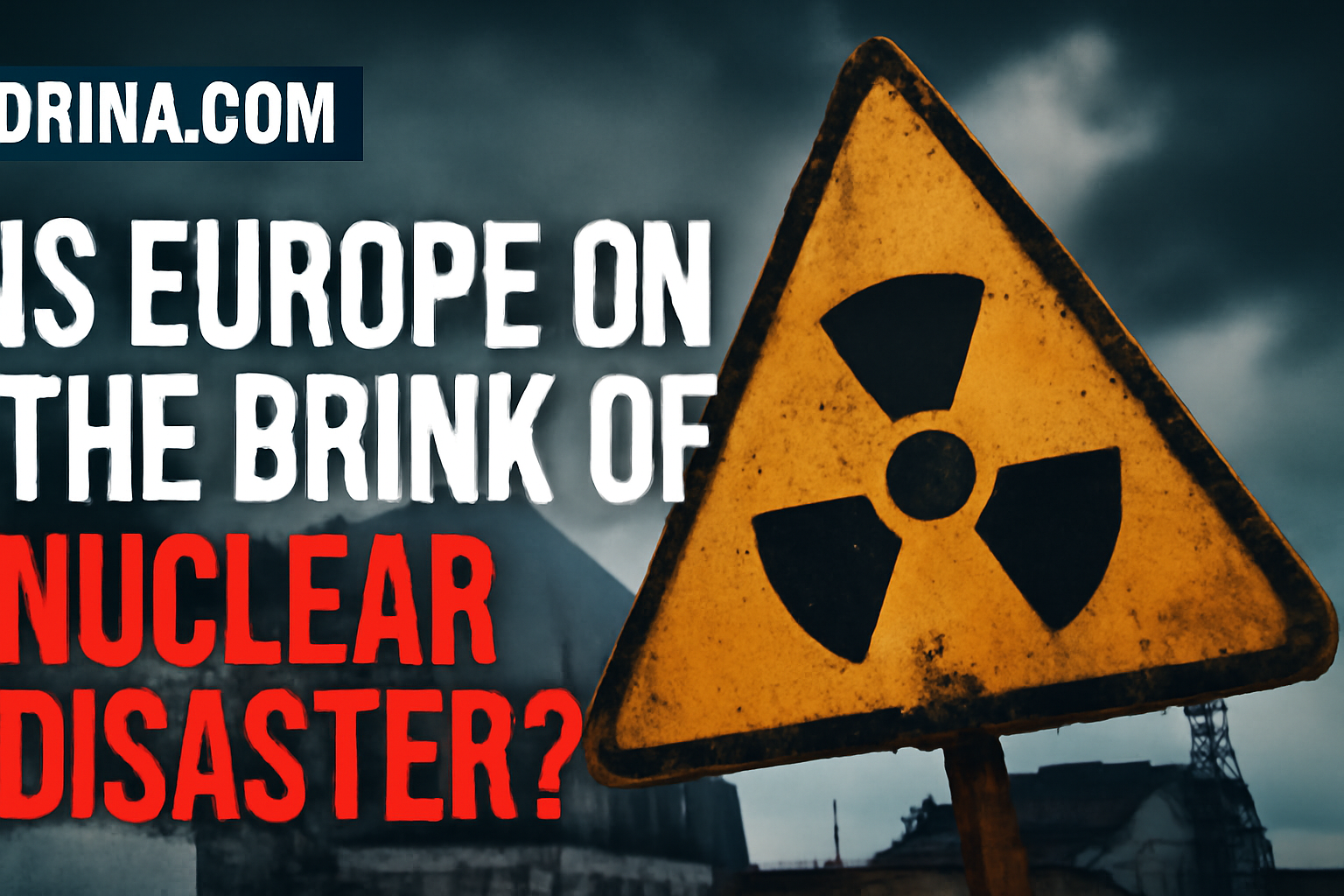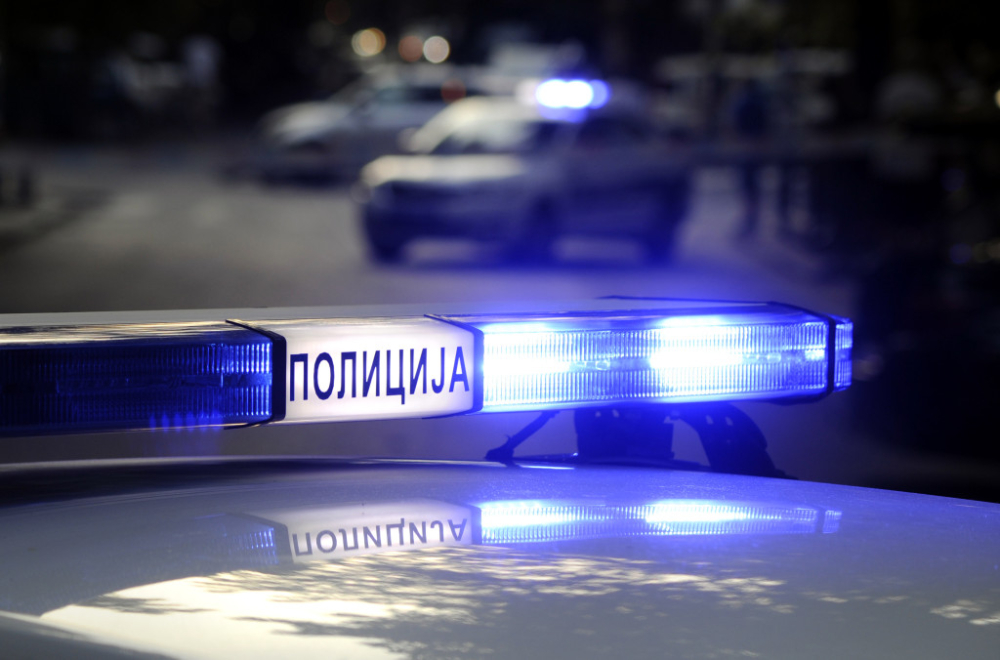Chernobyl Sarcophagus on the Brink of Collapse: Is Europe Facing a Nuclear Disaster?
Introduction to the Disaster Chernobyl, the site of one of the worst nuclear accidents in history, is back in the spotlight. The original Soviet concrete sarcophagus, built immediately after the 1986 explosion, was only a temporary fix. Now, decades later, the structure is in such poor condition that there is a real risk of it collapsing. If that happens, radioactive material could spread not only across Ukraine but throughout Europe.
What Happened to the Protective Shell? In February this year, during the conflict in Ukraine, a Russian drone attack damaged the new protective structure — the so-called “new sarcophagus” designed to last a century. The damage pierced the structure, making it unable to contain radioactive radiation. Estimates say repairs would cost several million dollars and require international cooperation.
Why Is This Urgent? If the original Soviet sarcophagus collapses, the new metal structure won’t be able to prevent radioactive dust from escaping. This would mean an ecological disaster threatening not only Ukraine but neighboring countries and beyond. Repair work must be done on-site, meaning workers will be exposed to significant radiation doses. It’s crucial to calculate how much radiation each worker can safely receive and how often they need to be rotated.
International Cooperation Is Key The repair is not just a technical challenge but a political one. Coordination and financial support from around the world are needed. Without this, the risk of radioactive spread remains huge. However, in the current geopolitical climate, with war in Ukraine and tensions between Russia and the West, cooperation is far from easy.
What Can We Expect? If swift and effective action is not taken, the consequences could be catastrophic. Radioactive dust can travel with winds and fall over large distances, endangering the health of millions and the environment. Europe could face an ecological crisis remembered for decades.
Conclusion Chernobyl is not just a story of the past. It’s a warning for the future. While the world watches, the sarcophagus crumbles and the danger grows. Will we let history repeat itself, or will we finally grasp the seriousness of the situation? If you have thoughts or maybe a funny joke about nuclear sarcophagi, feel free to share — we all could use a laugh while waiting for the world to wake up!
Source: Hungarian portal 24.hu, statements from Ukrainian President Volodymyr Zelensky, nuclear safety expert analyses.











